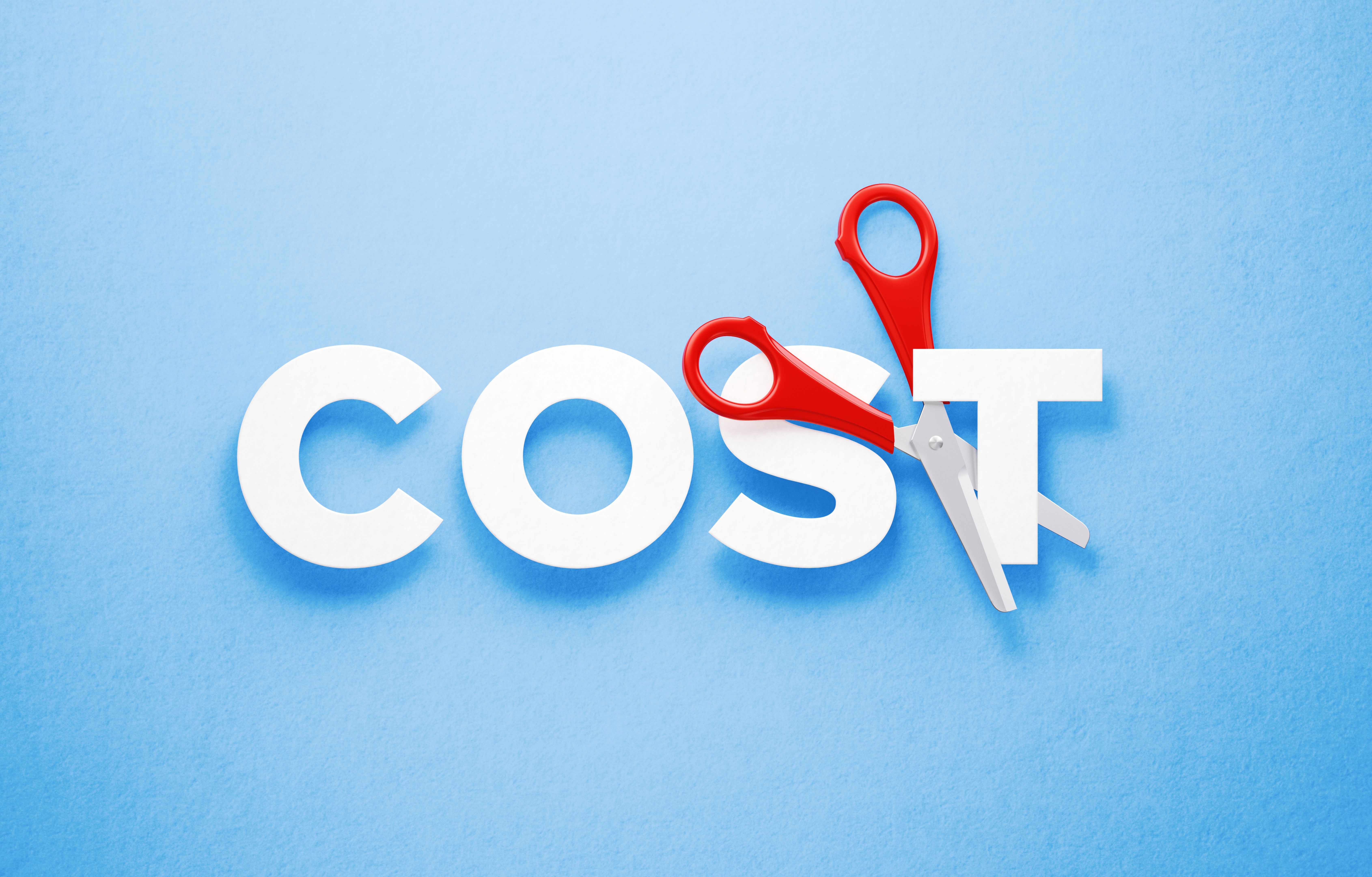AI vs Traditional Research: Exploring Similarities and Differences
Understanding AI and Traditional Research
In recent years, the landscape of research methodologies has expanded with the integration of Artificial Intelligence (AI). This shift has sparked a debate comparing AI-driven research with traditional methods. While both approaches aim to gather and analyze data, they do so in distinct ways. Understanding these differences and similarities can help researchers choose the most suitable method for their needs.
Traditional research methods often rely on qualitative and quantitative techniques, including surveys, interviews, and observational studies. These methods have been the cornerstone of data collection for decades, providing detailed insights into human behavior and societal trends. On the other hand, AI-driven research leverages machine learning algorithms and data analytics to process large datasets quickly and efficiently.

Efficiency and Speed
One of the most significant differences between AI and traditional research is the speed at which data can be processed. AI systems can analyze vast amounts of data in a fraction of the time it would take a human researcher. This efficiency allows for the analysis of real-time data, providing up-to-date insights that are crucial in fast-paced industries.
However, this speed can come at a cost. While AI can process data quickly, it may miss the nuanced insights that human researchers can uncover through interviews or focus groups. Traditional research methods allow for deeper exploration of subjects, capturing the emotional and psychological aspects that AI might overlook.
Data Accuracy and Reliability
Another essential aspect to consider is data accuracy. Traditional research methods rely heavily on human input, which can sometimes lead to biases or errors in data collection. In contrast, AI-driven research minimizes human error by using algorithms that are less prone to bias, assuming they are well-designed.

Nonetheless, the reliability of AI depends on the quality of data fed into the system. Poor quality or biased data can lead to inaccurate results, highlighting the importance of meticulous data management and algorithm design. Traditional methods, while slower, often involve thorough verification processes that enhance reliability.
Cost Considerations
Cost is another factor that differentiates AI from traditional research. Implementing AI technologies can require significant upfront investment in software and training. However, over time, these costs might be offset by the reduced need for manual labor and faster processing times.
Traditional research methods may appear more cost-effective initially but can incur higher long-term expenses due to labor-intensive processes. The choice between AI and traditional methods often depends on budget constraints and the scale of the research project.

Integration of Both Approaches
Despite their differences, AI and traditional research methods can complement each other effectively. Many researchers are now adopting a hybrid approach, utilizing AI for initial data analysis and traditional methods for more in-depth exploration. This combination allows for efficient data processing while retaining the depth and context provided by human researchers.
By integrating both approaches, organizations can leverage the strengths of each method to gain comprehensive insights. This hybrid model is particularly effective in complex research scenarios where both speed and depth are required.
The Future of Research
The future of research lies in the ability to adapt and integrate new technologies with traditional methodologies. As AI continues to evolve, its role in research will likely expand, offering new possibilities for data analysis and insight generation.
However, the human element in research remains invaluable. The ability to interpret results, understand nuances, and draw meaningful conclusions is something that AI has yet to fully replicate. The collaboration between AI and human researchers will define the next era of innovation in research methodologies.